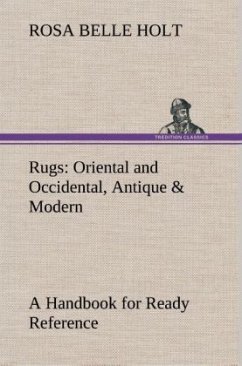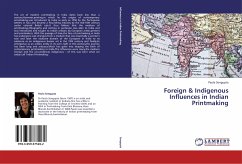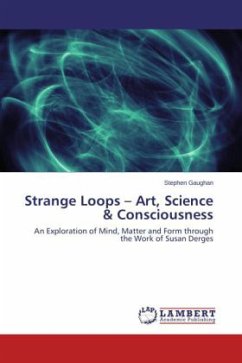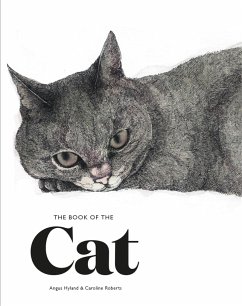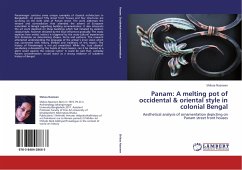
Panam: A melting pot of occidental & oriental style in colonial Bengal
Aesthetical analysis of ornamentation depicting on Panam street front houses
Versandkostenfrei!
Versandfertig in 6-10 Tagen
52,99 €
inkl. MwSt.

PAYBACK Punkte
26 °P sammeln!
Panamnagar contains some unique examples of classical architecture in Bangladesh. At present fifty street front houses and few structures are surviving on the both sides of Panam street. The work addresses the tension and contradiction that attended the advent of European naturalism in Bengal regarding building ornamentation. It also interprets the art work depicted on these buildings which had initiated by western classical style, however deviated by the local influences gradually. The study explores how artistic instinct is triggered by the socio-cultural experiences that dominate on determi...
Panamnagar contains some unique examples of classical architecture in Bangladesh. At present fifty street front houses and few structures are surviving on the both sides of Panam street. The work addresses the tension and contradiction that attended the advent of European naturalism in Bengal regarding building ornamentation. It also interprets the art work depicted on these buildings which had initiated by western classical style, however deviated by the local influences gradually. The study explores how artistic instinct is triggered by the socio-cultural experiences that dominate on determining shapes, forms and patterns. The research attempted understanding the language of the artisan s inner vision which was connected with history, lifestyle and traditions of this region. The history of Panamnagar is not yet unearthed. While the true classical vocabulary is deviated by the hands of local masons, can it be claimed as a silent revolt against the colonial rulers? It could be said that, someday Panam ornamentation would stand as a strong evidence of subaltern history of Bengal.



